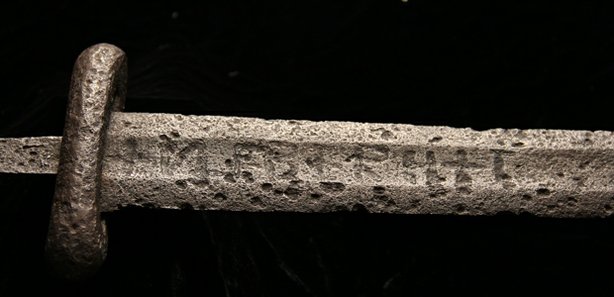
Around 170 of the swords have been found, all of which date from between 800AD to 1000AD, but the technology that would have forged them is from the Industrial Revolution of the 1800s and 1900s.
A television program has looked into the mystery in more detail called, ‘Secrets of the Viking Sword’. Its researchers say that to forge the iron which the swords are made of, the ore needs to be heated to around 3000 degrees (F). It then liquefies and the impurities are removed. It is then mixed with carbon to strengthen the iron. However medieval technologies, which are what the Vikings would have been using, would not have been able to heat any metal or substance that high a temperature. In those days, the impurities would have been removed by hammering them out of the iron.
In contradiction to this, the Ulfberht contains almost no impurities at all and it has thrice the amount of carbon in it than any other metals that are known to have existed at the time. The metal the swords are made of is known as crucible steel.
Furnaces that could heat metals and substances to extremely high temperatures what not invented until the industrial revolution when the tools for heating iron to these temperatures were also developed.
A blacksmith has consulted with the television program’s researchers and has said that to make a sword like the Ulfberht Is highly complex and difficult. The blacksmith is the only person who has the skills and tools available to try to reproduce the metal of the Ulfberht. He believes that whoever made the sword during the Viking era would have surely been thought to possess magic powers since the metal was and still is so special and unique, Ancient Origins reports.
The sword bends but doesn’t break, it stays razor-sharp, and is very light weight, and so to soldiers it would have been thought of as almost supernatural.
The blacksmith spent many days working to try to recreate the Ulfberht using medieval technology, and finally did produce a similar metal with great skill and hard work. Researchers now believe it is possible that the knowledge to make the swords originated in the Middle East and that trade routes between there and Europe would have spread the knowledge and technologies. When those trade routes eventually closed, due to lack of use, so too did the Ulfberht ceased to continue being made.

No comments:
Post a Comment